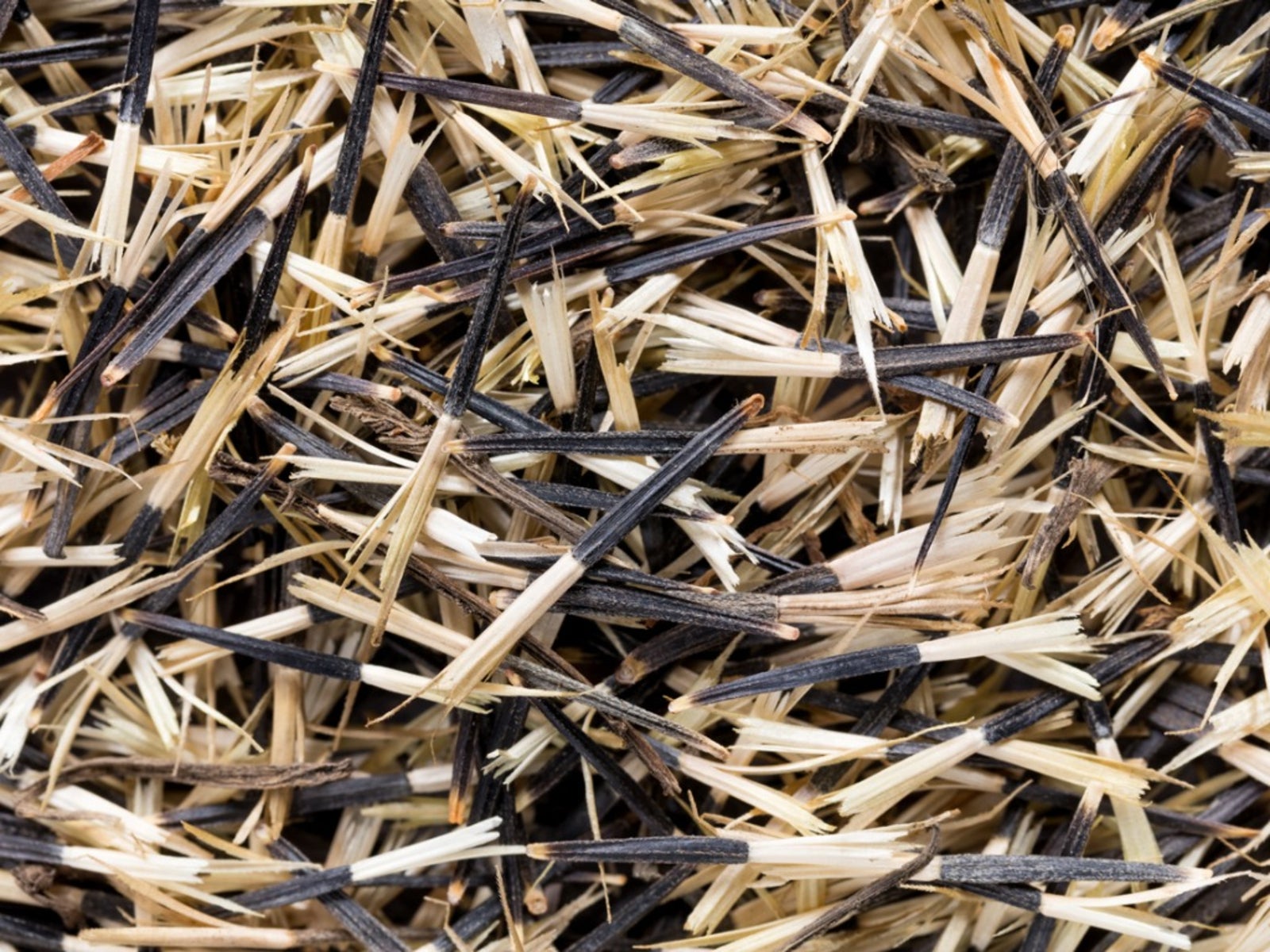Collecting Marigold Seeds: Learn How To Harvest Marigold Seeds


As far as annual flowers go, you can hardly do better than marigolds. Marigolds are easy to grow, low maintenance, and a reliable source of bright color. They’re also famous for repelling harmful bugs, making them an excellent low impact and totally organic choice for pest management. Marigold seeds aren’t exactly expensive, but they do have to be replanted every year. Why not try collecting and storing marigold seeds this year? Keep reading to learn how to harvest marigold seeds.
Collecting Seeds from Marigold Flowers
Collecting seeds from marigold flowers is easy. That being said, the plants don’t form recognizable seed pods, so finding the seeds is tricky if you don’t know where to look. The first thing you need to do is wait for the flowers to fade and dry. Choose a flower head that is very withered and dried out. It should be mostly brown, with just a little bit of green left at the base. This green means it’s less likely to have started rotting. Cut the flower head from the plant a few inches (8 cm.) down the stem so as not to damage the seeds. Pinch the withered petals of the flower between your thumb and index finger of one hand, and the base of the flower head with the other hand. Gently pull your hands in opposite directions. The petals should slide clear of the base with a bunch of pointy black spears attached. These are your seeds.
Marigold Seed Saving
After collecting seeds from marigold flowers, lay them out for a day or so to dry. Storing marigold seeds is best done in a paper envelope so any additional moisture can escape. Plant them in the spring and you’ll have a whole new generation of marigolds. One thing to remember: when you’re collecting marigold seeds, you can’t necessarily depend upon getting a true copy of the parent’s flowers. If the plant you’ve harvested from is an heirloom, its seeds will produce the same kind of flowers. However, if it’s a hybrid (which is likely if you’ve gotten cheap plants from a garden center), then the next generation probably won’t look the same. There’s nothing wrong with this-- it can actually be very exciting and interesting. Just don’t be disappointed if the flowers you get look different from the flowers you had.
Sign up for the Gardening Know How newsletter today and receive a free copy of our e-book "How to Grow Delicious Tomatoes".

The only child of a horticulturist and an English teacher, Liz Baessler was destined to become a gardening editor. She has been with Gardening Know how since 2015, and a Senior Editor since 2020. She holds a BA in English from Brandeis University and an MA in English from the University of Geneva, Switzerland. After years of gardening in containers and community garden plots, she finally has a backyard of her own, which she is systematically filling with vegetables and flowers.